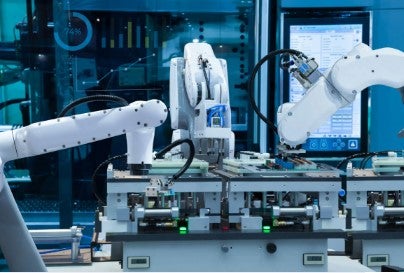The rise of software-defined vehicles (SDVs) is reshaping the future of mobility, offering new opportunities for automakers to innovate and differentiate their products. Andreas Heim, Vice President of Engineering at Flex, a manufacturing services specialist, shares insights on the potential of SDVs and the strategic changes needed to deliver them at scale.
One of the key advantages of SDVs is the simplified vehicle architectures they require. Unlike legacy vehicles with multiple ECUs and complex wiring systems, SDVs use centralized architectures with powerful computing solutions. This enables faster software updates, reduces wiring complexity, and enhances overall system performance.
As automakers embrace SDVs, they can provide customized experiences to consumers, build brand loyalty, and offer over-the-air updates for seamless maintenance. Boston Consulting Group predicts that revenue from digital services in vehicles will reach $248 billion by 2030, with consumer-facing applications contributing the majority of this revenue.
To overcome the challenges of implementing SDVs at scale, automakers must enhance their software and systems integration capabilities. This involves building intellectual property to differentiate their products, fostering collaboration with suppliers, and reconfiguring existing business models to support the transition to software-defined vehicles.
While progress has been made in partnerships between automakers and suppliers, more collaboration is needed to accelerate innovation and optimize engineering resources. By identifying synergies and focusing on unique customer experiences, automakers can navigate the complexities of the software transition journey more effectively.
Drawing lessons from other industries, such as the cloud industry, automakers can adopt new business models and collaborative approaches to accelerate innovation. By aligning with suppliers, chipmakers, and software companies early in the development cycle, automakers can drive faster innovation and secure a competitive edge in the market.
An example of this collaborative approach in action is Flex’s partnership with NVIDIA to develop an automotive computing platform for ADAS and autonomous driving. By engaging a diverse group of automakers in the development process and pooling investments, Flex and NVIDIA were able to accelerate innovation and validation of the solution.
In conclusion, the future of mobility lies in software-defined vehicles, and automakers must embrace collaboration, innovation, and strategic partnerships to succeed in this rapidly evolving landscape. By leveraging cross-industry expertise and adopting new business models, automakers can drive the next generation of mobility solutions and deliver unparalleled customer experiences.





